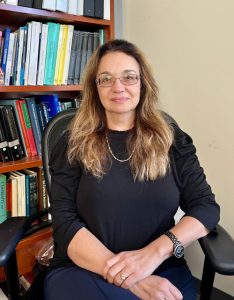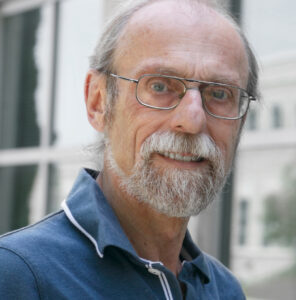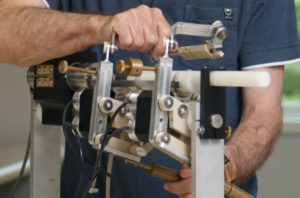Collaboration with OICR and capital from FACIT contributing to a growing hub of medical imaging research in Thunder Bay.
When Sasha Bubon arrived in Thunder Bay in January 2010 to begin his master’s studies in physics at Lakehead University, he was starting a whole new chapter personally and scientifically.
The small Northwestern Ontario city on the shores of Lake Superior is more than 7,500 kilometres from Bubon’s hometown of Kyiv, Ukraine and his master’s topic was a world away from his undergraduate degree in engineering and computer science.
But Bubon was drawn to the community because, in a way, Thunder Bay was also starting its own new chapter scientifically. Physicist Dr. Alla Reznik had recently moved to the city as a Canada Research Chair in Physics of Radiation Medical Imaging (based at Lakehead) and Senior Scientist at the Thunder Bay Regional Health Research Institute (TBRHRI). Since arriving, she had been building the infrastructure needed to study imaging technologies and recruiting talented people from the local community and internationally – including Bubon.
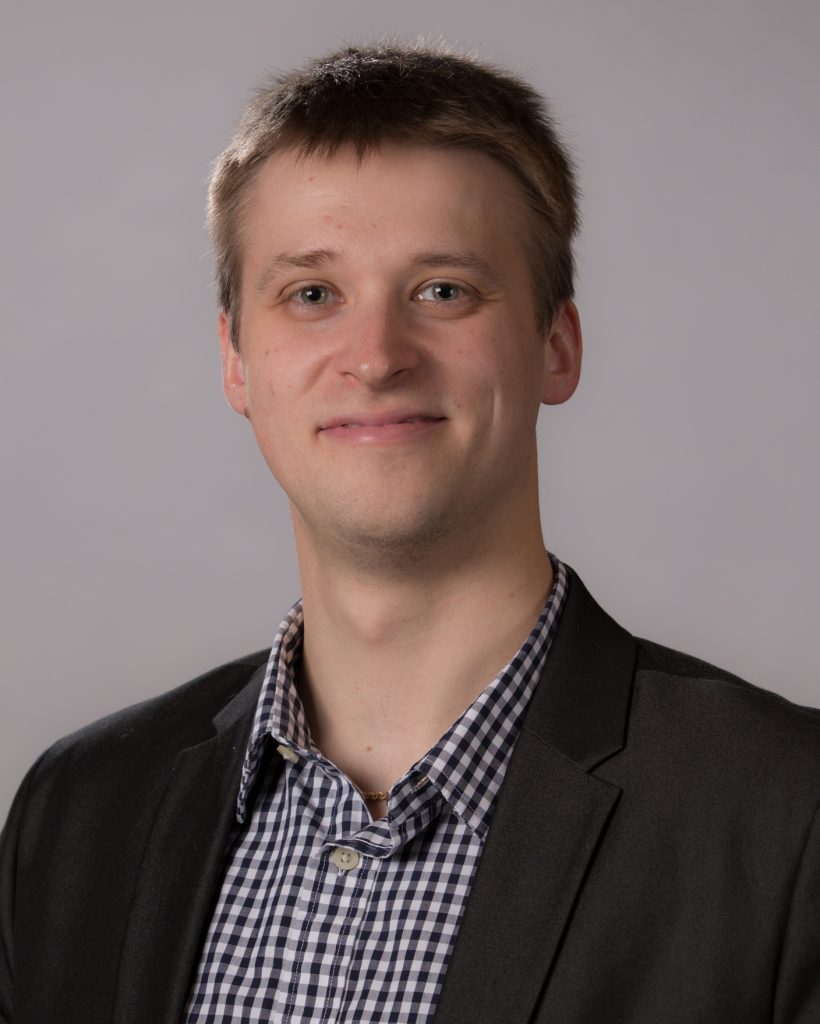
“When I first met with Dr. Reznik, I didn’t know anything about Thunder Bay or about medical imaging,” Bubon recalls. “But coming to Thunder Bay allowed me to study in a multimillion-dollar lab, with professors who were experts in the field, and I was able to adjust pretty quickly.”
Thirteen years later, Reznik and Bubon have brought a locally developed imaging technology for breast cancer to the cusp of clinical impact and led the emergence of a hub for medical imaging research in Thunder Bay. Their state-of-the-art low-dose Positron Emission Mammography (LD-PEM) system, also called organ-targeted Radialis PET (Positron Emission Tomography) camera is five times faster and 10 times more sensitive than other PET scanners on the market or in clinical trials. This drove them to launch Radialis Inc., a Thunder Bay-based start-up.
Thanks to strong local partnerships, an investment grant from FACIT and research collaboration with OICR, Radialis’ PET system has been approved by regulators and is in use at a major Toronto hospital. And now an exciting clinical trial is making the locally developed technology available to eligible patients in Thunder Bay.
Harnessing strong collaborations and radiation imaging
Reznik came to Thunder Bay with extensive experience studying medical imaging techniques in both academia and industry, most of which was acquired in Toronto. Northwestern Ontario didn’t have all the complex infrastructure she needed to do her research at the time, but she quickly met like-minded people and started building capacity through collaboration.
In 2011, American physicist Dr. Mitchell Albert joined Lakehead and TBRHRI, bringing his own extensive experience with innovative medical imaging techniques. The two became regular collaborators and expanded the local technological assets required to continue advancing their cutting-edge research.
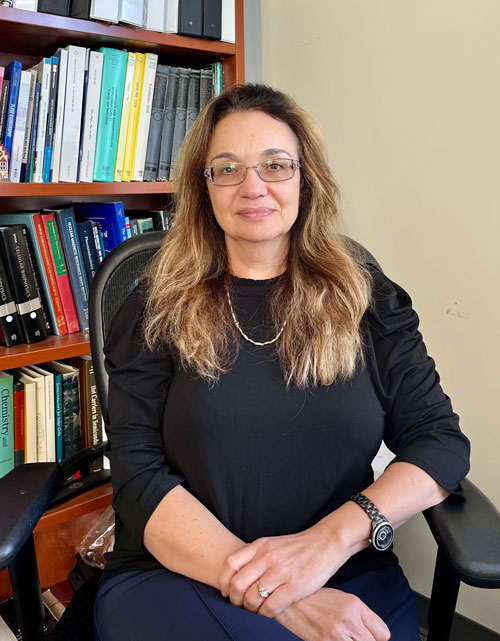
“Though the logistics of our research are a bit more complicated from Thunder Bay,” Reznik says, “with the right people you can develop realistic goals and methodologies to reach them.”
One of Reznik’s primary goals was to harness positron emission tomography (PET) to improve breast cancer screening and diagnosis. PET is a molecular imaging technique where radioactive ‘tracers’ are injected into the body and accumulate in a target tumor or attach to specific abnormal cells. Clinicians can then use imaging technology to view the tracers and pinpoint the location of tumours.
Reznik’s lab designed an imaging technology that is faster and more sensitive than existing PET technologies, helping spot small tumours while requiring less radiation. Their system also adjusts to the patient, rather than the other way around. For breast cancer screening, that means imaging can be done much more comfortably for patients, without having to compress the breast as with traditional mammogram technologies. It’s also better at detecting tumours in dense breast tissue, which can sometimes mask tumours in x-rays and ultrasounds.
Their innovation resulted in a clinical PEM system designed in Thunder Bay and developed with the help of local scientists and manufacturers. They then created Radialis in 2016 to help move their technology into the clinic.
“Our technology demonstrated a capability to advance the field of breast cancer detection beyond the current standard of care,” says Reznik, who serves as Chief Scientific Officer for Radialis. “I am also sure that we will not be limited to breast cancer and there will be significant improvements in other areas of healthcare including other forms of cancer and neurodegenerative diseases.”
From start-up to the next generation
A year after launching, Radialis received a major boost when it was awarded an investment grant from FACIT’s Prospects Oncology Fund.
“We were immediately impressed with the Radialis team and their innovation’s enormous potential to transform breast cancer screening,” says Dr. David O’Neill. “Dr. Reznik and colleagues are building something special in Thunder Bay and FACIT is proud to support a new, emerging hub in the northwest of this province.”
The Prospects Fund supports early-stage studies in Ontario universities and start-ups. It allowed Radialis to finish assembly of their prototype, validate the technology and get Health Canada approval to begin first-in-human testing.
“The Prospects Fund played an instrumental role in propelling Radialis forward while also acknowledging the company’s immense potential, Reznik says.
Following clinical trials at Princess Margaret Cancer Centre (PM) in Toronto, the company announced it received FDA clearance to market its organ-targeted PET Imager in the United States. The PEM prototype is already in clinical use at PM and Radialis facilities have been set up to manufacture it on a larger scale and sales are underway. Going forward, it will be important to gather more clinical data and gauge market interest to help garner further investment.
Reznik and Radialis are also hard at work on the next generation of imaging tools, thanks in part to her close ties with OICR’s Imaging Program. Reznik partnered with the program’s Co-Director Dr. Aaron Fenster to develop a robotic arm that can be mounted and integrated with the PEM system, harnessing its high-resolution images to make biopsies more precise and less invasive. That system has been through laboratory testing and validation and will soon be tested in the clinic.
In October 2022, Reznik received a Canadian Institutes of Health Research (CIHR) grant in collaboration with Fenster to develop a PET imaging system for prostate cancer. She also received an OICR Senior Investigator Award in July.
Improving local access to local innovations
Though Radialis has connections across Ontario, Reznik’s relationship with the Thunder Bay community remains critically important. She has prioritized local design and testing whenever possible, despite the challenges of being located several hundreds of kilometers from the nearest major city.
But until recently, all clinical trials for Reznik’s molecular imaging technologies have been based in larger cities like Toronto, where the large population and available resources often make it easier to run trials and attract patients.
Reznik had always wanted to run a trial locally, and she got an extra push when a couple of locals approached her privately about being part of an earlier trial. She was able to arrange for them to travel to Toronto to participate but found herself wondering why people should have to be sent to Toronto for a technology that was developed in Thunder Bay.
Working closely with clinicians at Thunder Bay Regional Health Sciences Centre, she planned a clinical trial that will use Radialis’ PEM system to monitor patients after they receive chemotherapy for breast cancer. Her highly sensitive system should provide valuable information about whether chemotherapy is working for a particular patient, while patients who aren’t responding can be directed to other treatment options.
“We’re very proud to be starting this trial locally in the Thunder Bay Regional Health Sciences Centre, where we have a very strong oncology community,” Reznik says. “And we’re excited for how it could unlock the future of personalized medicine for breast cancer.”
Imaging opens new horizons for the community
The future of imaging research in Thunder Bay is looking bright. Reznik is also advancing other projects focused on low-dose x-ray technologies, while Albert is running his own studies on a potentially transformative new imaging technology for a variety of diseases that uses depolarized xenon as a tracer.
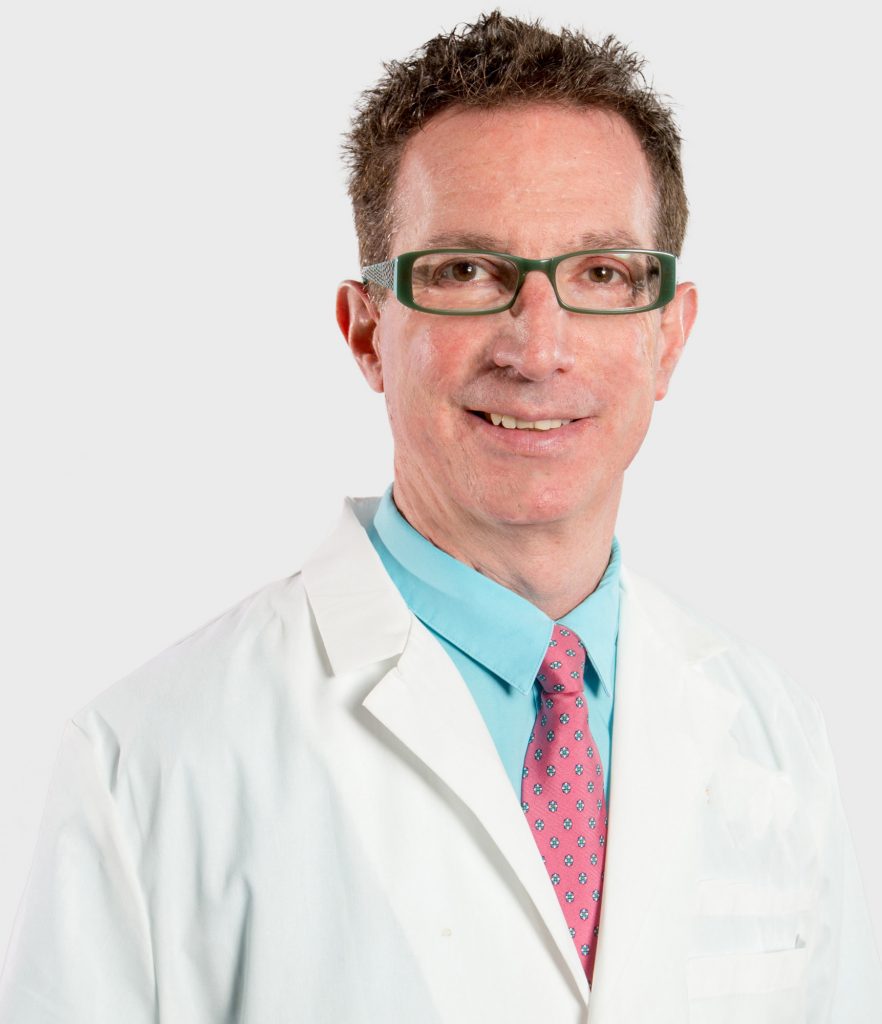
“We spent many years blazing pathways to build the infrastructure for medical imaging research in Thunder Bay and these are the fruits of our collective labour,” Albert says.
Both Reznik and Albert have been able to hire students from their labs directly after graduation, which they say is hugely important to the research, the students and the larger community.
Research benefits from having the same highly trained professionals stay on with the project instead of having to bring new people up to speed. Students who grew up in Thunder Bay benefit from the option to stay in their hometown while still working on cutting-edge innovations, and students who come from abroad can remain in their adopted home. And the community benefits from new jobs and the influx and retention of talent.
“I really appreciate Thunder Bay because it is a place where I can make a difference and open up new horizons for students and the community,” Reznik says.
Thirteen years after arriving as a student, Bubon is now well-established in the local community. He completed his master’s degree and PhD, was hired as Associate Scientist at TBRHRI and Chief Technology Officer at Radialis. He also purchased a house, further planting his roots in Thunder Bay.
“This community has been really friendly and welcoming,” Bubon says. “I came here as an unknown person from Ukraine and have been able to contribute to very interesting science that we hope will save lives and improve outcomes for every patient that comes through the healthcare system.”


